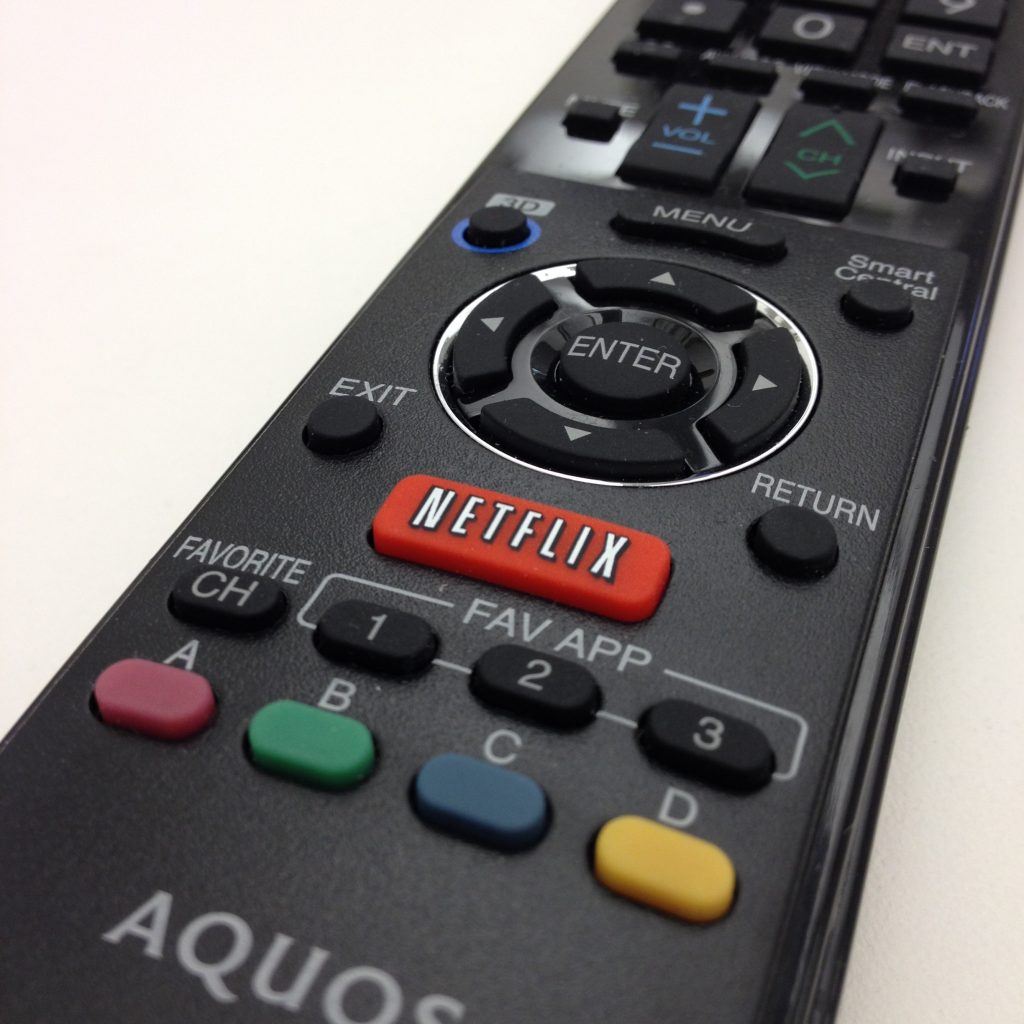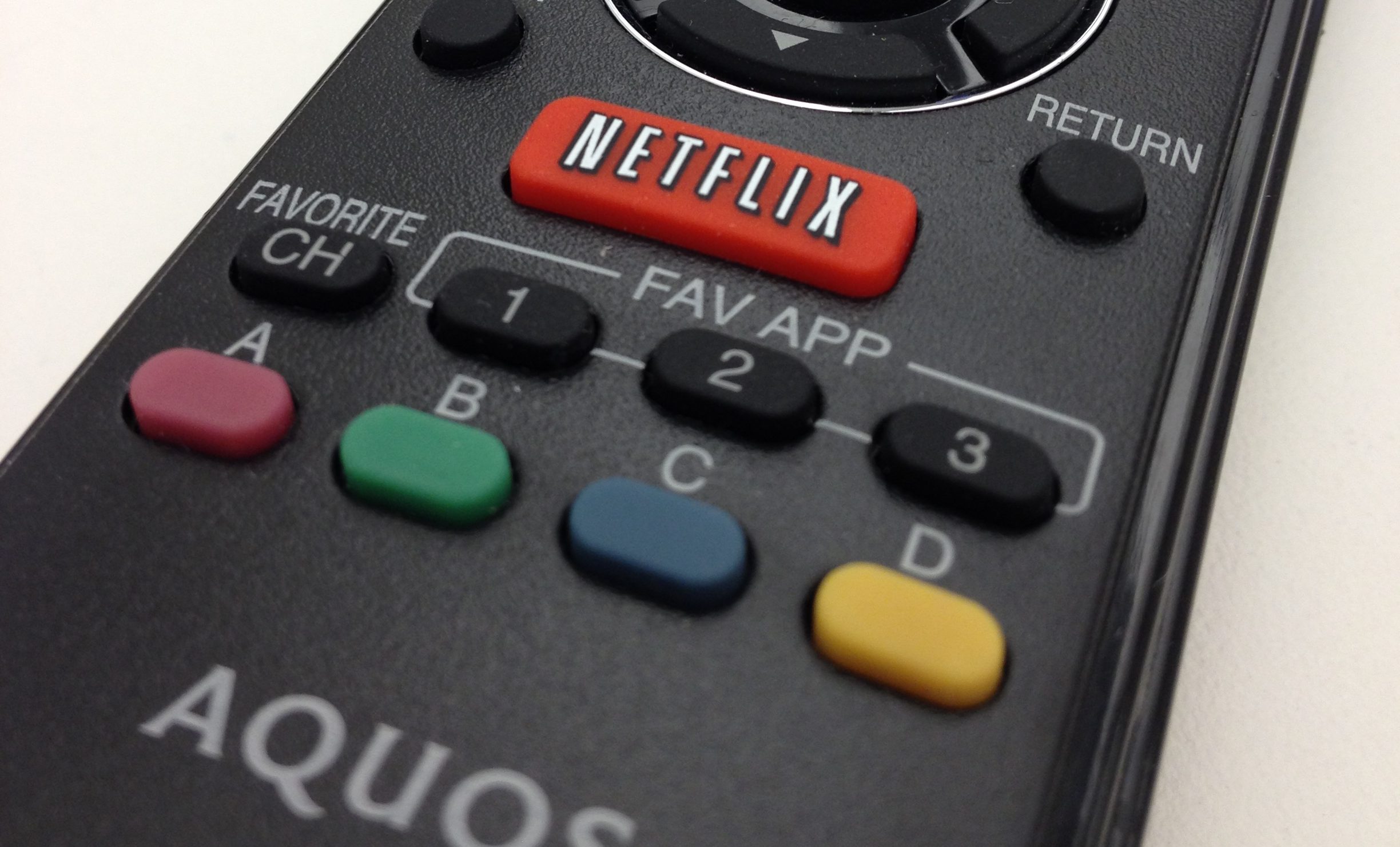Teen Suicides Went Up Following Controversial Netflix Drama, Study Finds

A new study published in the Journal of the American Academy of Child & Adolescent Psychology indicates that youth suicides spiked following the release of the controversial Netflix series “13 Reasons Why.”
The study found monthly suicides among youths ages 10 – 17 increased by nearly one-third following the release of the series.
“13 Reasons Why” is a Netflix show about a high school girl who takes her own life, leaving behind cassette tapes to explain the reasons she decided to commit suicide.
The series was based on a novel by the same name.
Both the novel and the Netflix series have been blamed for an uptick in teen suicides — a phenomenon known as “suicide contagion.”
When teenagers see suicide depicted onscreen, they become more susceptible to suicide themselves — especially if they feel a connection to the character.
Needless to say, Netflix has taken a lot of flak for continuing to run the show, but CEO Reed Hastings defended the decision last year, telling shareholders, “13 Reasons Why has been enormously popular and successful. It’s engaging content. It is controversial. But nobody has to watch it.”
This latest study seems to confirm what many have suspected: That “13 Reasons Why” has contributed to the suicide epidemic among our young people. However, some are trying to downplay the study’s findings.
A different study published a few days ago in the journal Social Science & Medicine found young adults, ages 18-29, were less likely to commit suicide after watching all of the second season of “13 Reasons Why.”
There’s a critical difference between these two studies, however: One looked at pre-teens and teenagers while the other apparently looked at older teens and young adults.
Taken together, the studies seem to indicate that children who watch “13 Reasons Why” may be more likely to take their own lives; young adults might not.
That’s hardly reassuring.
Read More
Study: Youth suicides increased after release of ’13 Reasons Why’ on Netflix
Netflix teen suicide drama preceded dramatic increase in youths killing themselves
’13 Reasons Why’ and young adults’ risk of suicide
BreakPoint: The Hopeless World of “13 Reasons”
Photo Credit: Brian Cantoni (https://www.flickr.com/photos/cantoni/10715878456) [CC BY 2.0 (https://creativecommons.org/licenses/by/2.0)], via Wikimedia Commons


 It’s important to remember the entertainment that Hollywood and others produce often is driven by demand — a fact underscored by a surprising announcement from Netflix last July.
It’s important to remember the entertainment that Hollywood and others produce often is driven by demand — a fact underscored by a surprising announcement from Netflix last July.